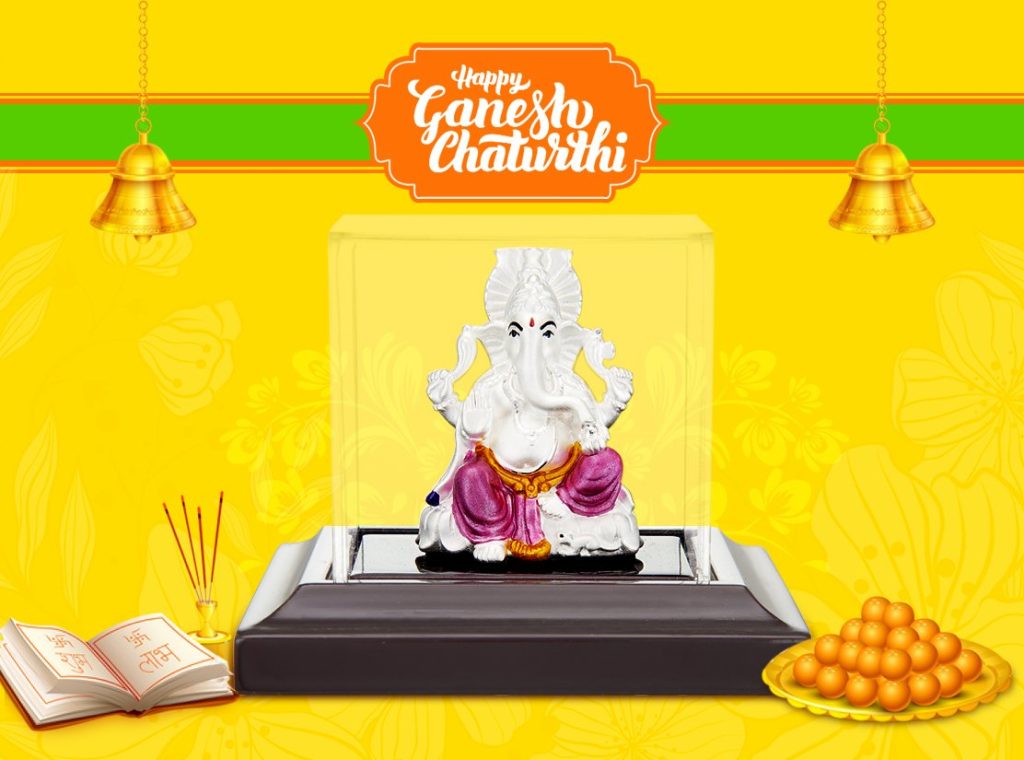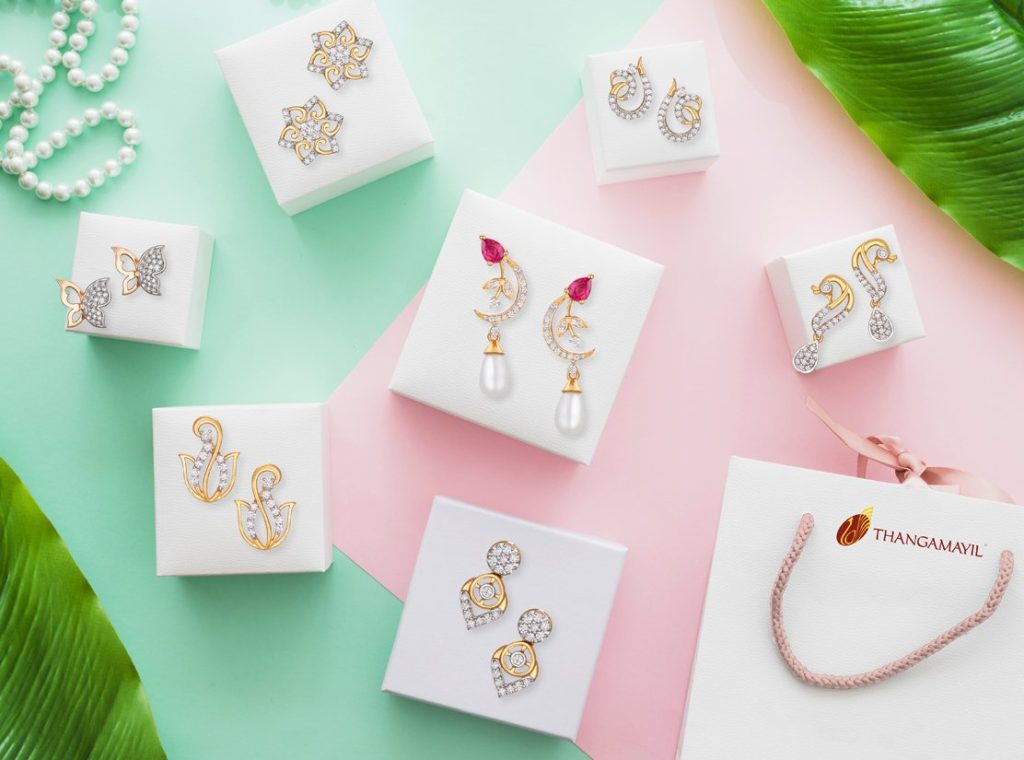The Science Behind Buying Gold Jewellery
Basic needs across the world comprise of Food, Clothing and Shelter; but in India, Gold also forms a part of that list. Gold in India is viewed as both an investment at the same time used for ornamental purposes. It is a traditional belief in India that gold brings prosperity, wealth, and is also viewed as a personification of purity; hence it is used as an essential element in almost all religious contexts extending from the birth of a baby, till various family functions that will take place till lifetime.
But with Gold prices soaring so high, along with the fluctuations as there are in recent times, the question arises when is the right time to puchase gold? To be more specific, when or what is the right price for an individual to buy gold? Read on to know the answers.
In the immortal words of Edwards Deaming – “In god we trust, for everything else we need data.” In todays world data, and its interpretation can make a huge difference. So without further ado, let me introduce you to the concept of cost averaging.
Cost averaging in its simplest form aims to arrive at the average cost of any given item on hand. Once you arrive at this average cost, you then strive to reduce/maintain the same. Let us look into an example for better understanding:
Step 1: Data Collection
| Date | Board Rate | Total Wt | MC% | Total Amt. |
|---|---|---|---|---|
| 4.10.16 | Rs.3000 | 100 Gms | 10% | Rs.3,30,000 |
The above data can be found in any jewellery invoice. The date, board rate and Making Charge % are only for information. However, what we really need is the total amount paid and total weight acquired. Divide the former and latter and voila, we have arrived at our average cost per gram for this transaction, which in this case is Rs. 3,300.
What this indicates is that eventhough the board rate is only Rs.3000, the average price of the gold on my hand is Rs.3,300 owing to the making charge one has to pay.
Step 2: Reduce / Maintain Cost
Now to reduce/maintain my average cost, I can do two things:
1.Wait for the board rate to reduce and then make a purchase.
2.Purchase at the same board rate, a product with lower making charges.
Let us make another purchase in these two scenarios:
| Date | Board Rate | Total Wt | MC% | Total Amt. | Avg. Cost | Cum. Avg. |
|---|---|---|---|---|---|---|
| 4.10 | Rs.3000 | 100 Gms | 10% | Rs.3,30,000 | Rs.3,300 | |
| 5.10 | Rs.2000 | 100 Gms | 10% | Rs.2,20,000 | Rs.2,200 | Rs.2,750 |
| 6.10 | Rs.3000 | 100 Gms | 5% | Rs.3,15,000 | Rs.3,150 | Rs.2,883 |
Another important factor affecting the average cost is the quantity purchased. To drastically reduce your average price on hand, you can purchase more gold when the price drops, and reduce the quantity purchased when the price increases to limit the impact on your average price. Let us talk realistically, there might be situations where the necessity calls for it, in such cases the latter might be of help. To show this in numbers let us add two more transactions to our list.
| Date | Board Rate | Total Wt | MC% | Total Amt. | Avg. Cost | Cum. Avg. |
|---|---|---|---|---|---|---|
| 4.10 | Rs.3000 | 100 Gms | 10% | Rs.3,30,000 | Rs.3,300 | |
| 5.10 | Rs.2000 | 100 Gms | 10% | Rs.2,20,000 | Rs.2,200 | Rs.2,750 |
| 6.10 | Rs.3000 | 100 Gms | 5% | Rs.3,15,000 | Rs.3,150 | Rs.2,883 |
| 7.10 | Rs.2000 | 200 Gms | 10% | Rs.4,40,000 | Rs.2,200 | Rs.2,610 |
| 8.10 | Rs.3500 | 50 Gms | 10% | Rs.1,92,500 | Rs.3,850 | Rs.2,723 |
Now the above data is just imaginary, and made up to show the point. But, once you start keying in real and authentic data you will arrive at the average cost of gold in your hand. It is suggested that you key in a minimum of 10 transactions, as only then will the average cost become stable and any impact on it can be meaningful.
Step 3: Comparison
Now that you have arrived at your own average cost of the gold in your hand, you need a benchmark to compare, only then will you be able to take further decisions on wether you have to maintain or reduce your average cost. You only have to focus on only the last cummulative average cost, in this case Rs.2,723. You can now compare this price against the 15 month moving average price of gold in the market, which can be found in this link (Provide Link) to better understand where you stand in comparison to the market.
As far as my understanding goes, unless you have a huge collection of jewellery passed down through your generations your average cost is not even going to be remotely anywhere near the 15 month moving average. If you are however, within the range of 10% plus or minus the 15 month moving average, you should aim to maintain, else reduce. I mention plus or minus 10% because at times, without you doing anything you may go from +10% to -5%, due to the movement of the 15 month moving average.
Important Note:
At this point I would also like to point out that this method only works for one quality at a time, meaning you have to work out for 22k ornaments separately and 18k separately. Either that or you can convert your 18k ornaments to 22k and add them to the list, which is what I would suggest you to do if you are thinking of adding ancestral jewellery to this list.
Ancestral jewellery may or may not be upto todays industry standards in terms of quality, at the same time gathering data about them can also be doubtful. However, if you really want to add them to your list, you will only need to know the cost paid to acquire them. Then I suggest you get those jewellery tested on a Carat meter machine (also known as XRF machine) to know how much gold content is approximately in them. If you feel the tests return moderate to low gold content, you also have the choice to melt those jewellery in question to accurately know how much gold is in them. With the accurate gold content and price paid known, you can add them to the list.
Step 4: Trial & Error:
Well, now that we have so much information gathered, we can work out the probable impact of your next purchase on your average cost, and understand if it takes a positive or negative trend. For the sake of this example, let us take Rs.2,650 as the 15 month moving average, and the average cost of gold on my hand is Rs.2,723. So in this case, I decide that I have to reduce my average cost.
Now ideally, we can aim for a negative impact of 0.5 to 1% on every transaction. This is because of two reasons:
1.The existing weight will tend to pull down the impact
The formula takes into consideration your existing jewels weight and its avearge price. So to make a huge impact on this you have to buy an equivalent quantity of existing jewellery at a lower price to dilute the existing average price. When buying in smaller quantities, we have to aim to maintain or create a negative impact of 0.5 to 1%.
2.Making Charges for the new purchase
Now that you have found out Rs.2,773 is your average cost, you can’t just buy new jewellery as when the price reaches Rs.2,773. Because here, you will have to pay some percentage of making charges to acquire the jewellery. So if you want to buy jewellery which has 10% making charge, you have to minimum wait for the price to drop another 27.2 rupees to make your purchases and maintain your average cost. This may look trivial, but this will affect your impact % a lot and in most cases it gets overlooked as it is an invisible cost component.
The solution – try to minimise the making charge component. This can be done through the help of various saving schemes provided by the jewellers. Most jewellers now have a 0% Making Charge schemes, try to take maximum benefit through these. When buying at 0% MC, you can make your purchase as and when the price falls below your average cost, and make a negative impact of 0.5 to 1%.
The important thing to note here is that, numbers do not show the complete picture. Other factors such as design, quality, finishing, brand visibility, etc., also form a major part the of decision making process that happens when you purchase jewellery. Such factors are per captive in nature and hence can not be brought down in actual numbers per se. However, the numbers can guide you towards making an informed decision.
Step 5: Action Plan:
Now that we understand what is what, let us get down to the actuals. Attached with this document is an excel workbook with three sheets. The sample data sheet contains all the examples provided above, and also acts as a guide line on how your completed work should appear. The format sheet is provided for reference purposes, and contains all the formulas. The worksheet is for you to enter your data.
Enter data only in coloured areas, as the white cells have formulas and some are imbibed with conditional formatting in them to provide visual cues.
Step 1: Data Collection – One time activity, mandatory.
Step 2 and 3: Reduce/Maintain and Comparison – go hand in hand, and have to be done occasinally or as and when the need arises to purchase jewellery. Doing these processes once a month will give you a better idea about the market trend.
Step 4: Trial and Error – To be done on the date of purchase, after knowing the actual board rate as on date. Making Charge % can be assumed, but the quantity of purchase has to be pre decided.
Complete the process by adding your new purchase details in Step 1. It is also recommended to keep a photo of the product and scan copy of the invoice within the folder, for reference and if needed, insurance purposes.
Excel Workbook


